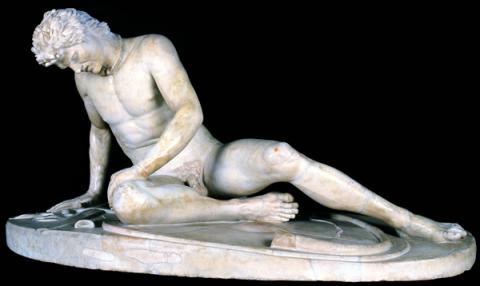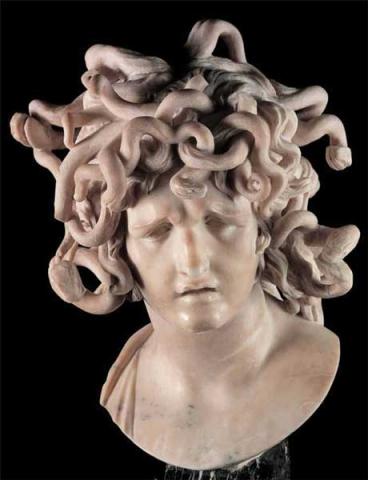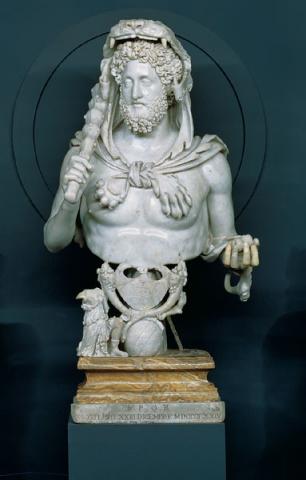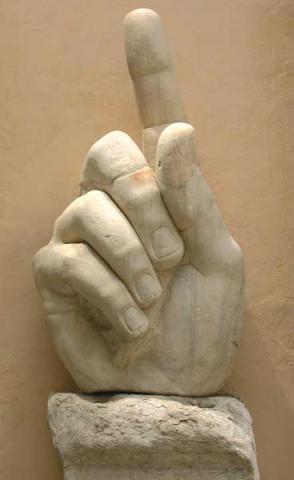Once Upon a Time There Was Naples
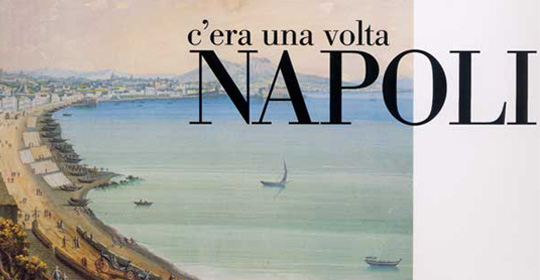
The exhibition, previously at the Pignatelli Museum in Naples, consists of a series of gouaches painted between 1700 and 1900 with pictures of the city and its surroundings as well as scenes of popular life.
The exhibition is of a selection of Neapolitan gouaches, one of the best loved techniques in the history Neapolitan landscapes.
Linked to the phenomenon of the Grand Tour so much in vogue at the end of the XVIII century and for which Naples was a city not to be missed, gouaches indeed were for travellers a sort of testimonial of the places admired, to be acquired so as to be able to in time evoke once more the emotions to be committed to memory.
The 'a guazzo' technique was particularly suited to this purpose in that the rapid drying of the colours made it impossible for the artist to have second thoughts, imposing the need for haste in the conceptualization and execution of the work.
Furthermore, with respect to landscapes painted in oil, that not everyone could afford, gouaches had the none too small advantage of being reasonably priced and easy to carry.
Through the 80 odd works on show, the exhibition thus intends recounting the emotions of travellers of that period.
The views of Pompeii and Herculaneum and the fascinating Phlegraean Plains, the stunning eruptions of Vesuvius and the enchanting city landscapes, as well as scenes from daily life, constitute a sort of album of memories that only the introduction of photographic techniques was to definitively supplant in the mid-XIX century.
The views by Pietro Fabris, Saverio Della Gatta, Alessandro D'Anna and many other often anonymous artists were to portray, well before the arrival of photography, the Naples of the XVIII and XIX century, with the eruptions of Vesuvius, the ruins of classical antiquity, the festive occasions, the religious ceremonies, the customs of the Reign and the most important historical events, all themes included in the exhibition and that have become a part of the city and its surroundings.
They were executed according to the aesthetic canons of the time, and the exhibition is divided into three sections: Classical, Sublime and Picturesque.
The important archaeological findings at Herculaneum and Pompeii did indeed exert a strong attraction on travellers and artists struck by the 'antiquity bug' that spread across the whole of Europe in the XVIII and XIX century.
The places of antiquity became obligatory stops for those itineraries based on erudite interest or on the mere lyrical attraction of the ruins.
The many requests, therefore, of those Grand Tour travellers to take with them a memento of those ancient ruins, the temples and caves visited, brought many artists portray these mythical places, so steeped in memories of that classical civilization long since past, with the quick technique of the 'guazzo'.
With the coming in the pre-Romantic period of that aesthetic concept known as the Sublime, that in art gave a new value to the irrational and the fantastic, linked to the ideas of the Infinite and of Terror, is born the fashion for collecting representations of Vesuvius in eruption, capable of generating strong emotions at the sight of the terribleness of Nature.
Vesuvius, that as of the famous eruption of 1631 had already become the fulcrum to numerous views of Naples, in the course of the XVIII and XIX century was looked upon not just as Sterminator Vesevo but also a sort of gigantic firework display, the source of countless evocations and symbols of the Sublime.
Furthermore, always during the XVIII century, that technique that came to be known as the Picturesque became the expression of the idea that Nature was friendly and attractive and coincided with the concepts expressed by popular folklore.
Of Nature were respected its freedom and spontaneity, but at the same time one attempted to improve it, hiding what could have offended the eye of the viewer.
City life was thus portrayed as serene, almost idyllic, whilst the harder aspects of everyday life were almost always glossed over.
The exhibition includes a workshop coordinated by Pierreci.


























